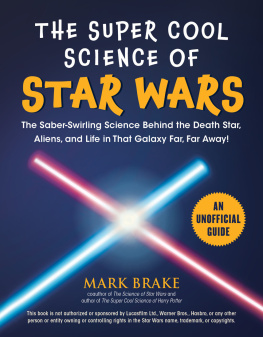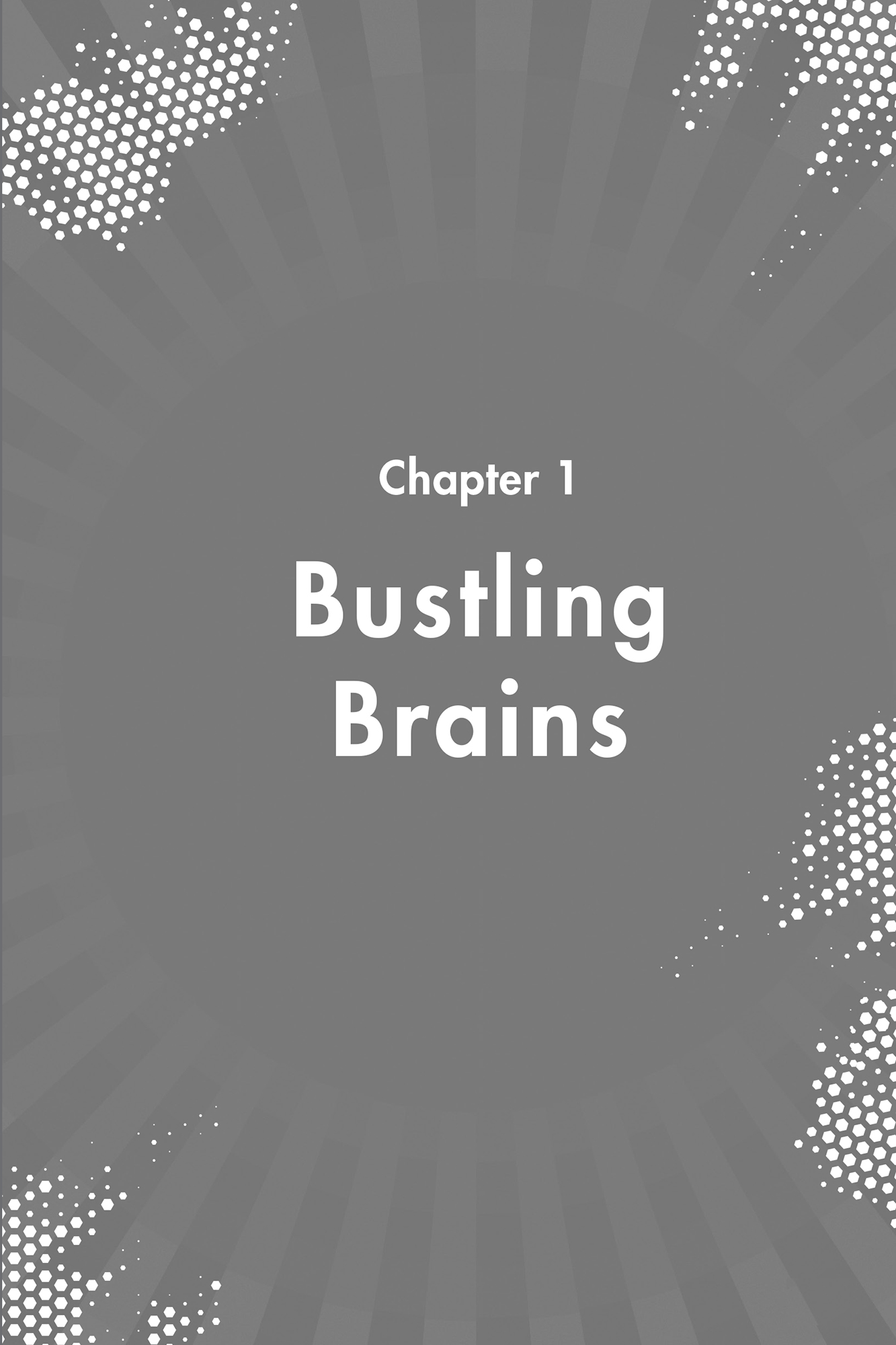Contents
Guide

Adams Media
An Imprint of Simon & Schuster, Inc.
57 Littlefield Street
Avon, Massachusetts 02322
www.SimonandSchuster.com
Copyright 2019 by Simon & Schuster, Inc.
All rights reserved, including the right to reproduce this book or portions thereof in any form whatsoever. For information address Adams Media Subsidiary Rights Department, 1230 Avenue of the Americas, New York, NY 10020.
First Adams Media trade paperback edition April 2019
ADAMS MEDIA and colophon are trademarks of Simon & Schuster.
For information about special discounts for bulk purchases, please contact Simon & Schuster Special Sales at 1-866-506-1949 or .
The Simon & Schuster Speakers Bureau can bring authors to your live event. For more information or to book an event contact the Simon & Schuster Speakers Bureau at 1-866-248-3049 or visit our website at www.simonspeakers.com.
Interior design by Michelle Kelly
Interior images 123RF/ahasoft2000; Getty Images/gn8, bubaone
Cover images 123RF/ahasoft2000; Getty Images/gn8, Bubaone
Library of Congress Cataloging-in-Publication Data
Names: Alvarado, Sebastian, author.
Title: The science of Marvel / Sebastian Alvarado, PhD.
Description: Avon, Massachusetts: Adams Media, 2019.
Includes index.
Identifiers: LCCN 2018055601 | ISBN 9781507209981 (pb) | ISBN 9781507209998 (ebook)
Subjects: LCSH: Comic strip characters--Miscellanea. | Marvel Comics Group--Miscellanea. | Science in popular culture. | Technology in popular culture. | BISAC: SCIENCE / Astronomy. | SCIENCE / Physics. | PERFORMING ARTS / Film & Video / General.
Classification: LCC PN6714 .A42 2019 | DDC 741.5/9--dc23
LC record available at https://lccn.loc.gov/2018055601
ISBN 978-1-5072-0998-1
ISBN 978-1-5072-0999-8 (ebook)
Many of the designations used by manufacturers and sellers to distinguish their products are claimed as trademarks. Where those designations appear in this book and Simon & Schuster, Inc., was aware of a trademark claim, the designations have been printed with initial capital letters.
This book is unofficial and unauthorized. It has not been endorsed, approved, or licensed by Marvel Entertainment, LLC, or any of its associated or affiliated companies.
DEDICATION
To the Marvelous Maral Tajerian and our three little experiments, Minas, Flo, and Maxine.
INTRODUCTION
How does a blind Daredevil perceive the world around him? How does Spider-Man use protein purification to make spider silks for his web-shooters? What kinds of physical forces are bouncing around Thors head when he gets struck by lightning while wielding Mjolnir? If youve wondered about these and other questions from the Marvel Universe, youre not alone.
What you may not have realized is that these sorts of questions are a gateway to different scientific fields of study.
From this book youll learn that science can sometimes be as fantastic as fiction. Each of the forty-three entries will describe scenes from the Marvel Cinematic Universe. Youll also find speculations for what could be happening in the scene and real-world technology that corresponds to Marvels imagined science.
And youll see that a lot of that science isnt imaginedits real ! The writers and artists who created Marvels lore always drew inspirations from the world around them. In the 1950s and 1960s, for example, people were terrified of the atomic bomb. That hysteria, boosted by the Cold War, fueled stories about radioactive spider bites or blasts of gamma rays. The results? Spider-Man and the Hulk, among others. As people learned more about genetics, the X-Men showed that mutant genes formed the basis of incredible powers. In Marvels world, physics, genetics, and chemistry provided a framework in which science could be used to enhance humans, not threaten them.
So, true believers, join me as we explore and explain the uncanny, the incredible, and the amazing world of Marvel.
HAWKEYES AIM
WHEN: Thor, The Avengers , Avengers: Age of Ultron , Captain America: Civil War
WHO: Hawkeye
SCIENCE CONCEPTS: Psychology, visual attention, physics of archery
INTRODUCTION
Expert marksmanship and most athletic feats require rigorous training over many years. In archery, this involves developing the strength to pull a bowstring in order to deliver the power necessary for an arrow to cover large distances and penetrate a given target. This strength must be shaped throughout the body and its posture so it can work like a well-oiled machine that shoots an arrow with accuracy and precision. Archers, like any expert athletes, must also train their minds to coordinate their gaze on stationary or moving targets. How does a normal human such as Marvels Clint Barton achieve such skill to become the Avenger known as Hawkeye?
BACKSTORY
Throughout multiple appearances in the MCU, Hawkeye is a S.H.I.E.L.D. operative with the uncanny ability to never miss his target. While his apparent skill is seen with all sorts of firearms, his use of bow and arrow affords him the stealth he needs to carry out covert missions as well as the utility to reuse ammo. With his bow he can execute a series of standard shots by shifting his balance and stance and several trick shots behind his back at long range. He is able to fall off a building, shoot a grappling arrow straight into concrete, and hit many targets he isnt even looking at. Needless to say its pretty impressive for someone who has no superpowers.
THE SCIENCE OF MARVEL
To understand the talents of Clint Barton its important to understand how humans learn a skill that requires mastery of hand-eye coordination as well as being able to shoot a firearm or arrow when needed. To achieve this proficiency as a S.H.I.E.L.D. agent, Barton must have spent several years doing drills and exercises that involve taking down enemies in different scenarios. These training regimens provided him with enhanced perception in circumstances that require combat; they primed him to make decisions very quickly and anticipate the actions of his adversaries. While his feats may look easy on the big screen, its likely he has been training his mind and body for his entire life.
Throughout his many appearances, Hawkeye uses both compound and recurve bows to take out his targets. The main difference between these two types of bows lies in the amount of strength required to pull back on the bowstring while preparing to shoot an arrow. As you draw the string on a recurve bow, it becomes harder and harder to pull. In contrast, drawing the string on a compound bow starts off hard but lets off once its fully drawn. This is due to the pulleys at the ends of the bow that help relieve the stress on the bowstring. This let-off allows Hawkeye to take more time to make his shot without succumbing to muscle fatigue and would be most useful for stealth attacks where his target is unaware of his presence (for example, when he is asked to take out Thor in Thor ). Regardless of the type of bow hes using, though, he requires a reasonable amount of upper-body strength: after all, his arrows are capable of penetrating robots and concrete (probably requiring more power as the distance between him and his target increases!).

















